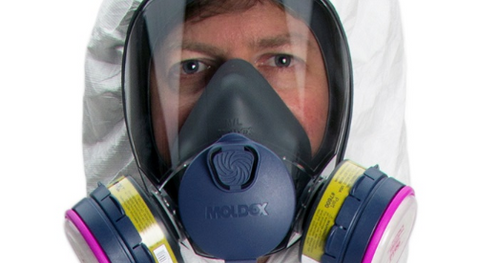OSHA Improves Chemical Labeling Requirements
Let's face it, people don't read so much anymore. That's why OSHA has decided to put more pictorgrams and fewer blocks of tiny, difficult-to-read text in their new Safety Data Sheets (SDS). SDS will replace the traditional Material Safety and Data Sheets (MSDS). See? Fewer words in the title as well.
OHSA has transitioned to the new SDS format in order to provide workers with clear representation of the dangers, safe handling, and use of hazardous chemicals. Their hope is the new format will aid in preventing injury and illness related to hazardous chemical exposure.
The first three sections of the form have the greatest changes. Section 1 contains clear identification of the product. A non-flammable gas mixture, for example, with one or more of the following components, etc. etc. It lists up-front the manufacturer or distributor name, the address (I suppose so you could write them a letter or visit their production facilities), website address, email contact, and phone numbers for local, toll-free, and for calling from outside the US.
Section 2 identifies the hazards. It lists the classification of the substance right after a long string of regulations, stipulations, and brackets within brackets (According to Regulation (EC) No 1272/2008 (CLP)/REACH 1907/2006 [amended by 453/2010] According to EU Directive 67/548/EEC (DSD) or 1999/45/EC (DPD)). The label elements is contained in the second section of the second section (It's also here you might realize this form is just as confusing as the old ones), and thus begins the expanded hazards statements and precautions. It's also the beginning of the pictograms. (The Jolly Roger is apparently the universal symbol for danger these days.)
Section 3 gets into the nitty-gritty of each chemical contained in the compound, the identifiers, percentages, and further classification with regards to the regulations of each component. Later sections follow the same format as the old MSDS regarding first aid and firefighting measures, handling and storage, environmental impact, etc.
Making safety sheets easier to understand is certainly a positive step. OSHA, while it moves at a glacial pace, does apparently still move.
Recent Posts
-
Promoting Safety: National Work Zone Awareness Week is April 15-19, 2024
Each year, the National Work Zone Awareness Week (NWZAW) places the spotlight on the importance o …Apr 11th 2024 -
Understanding 4 Gas Monitors: How They Work & Why They Are Important
In today’s increasingly dynamic industrial landscape, 4 gas monitors have emerged as critical com …Apr 8th 2024 -
April Showers Require Workers to Wear Hi-Vis Safety Rain Gear
While April showers bring May flowers, they also bring challenges, particularly for those working …Apr 1st 2024





